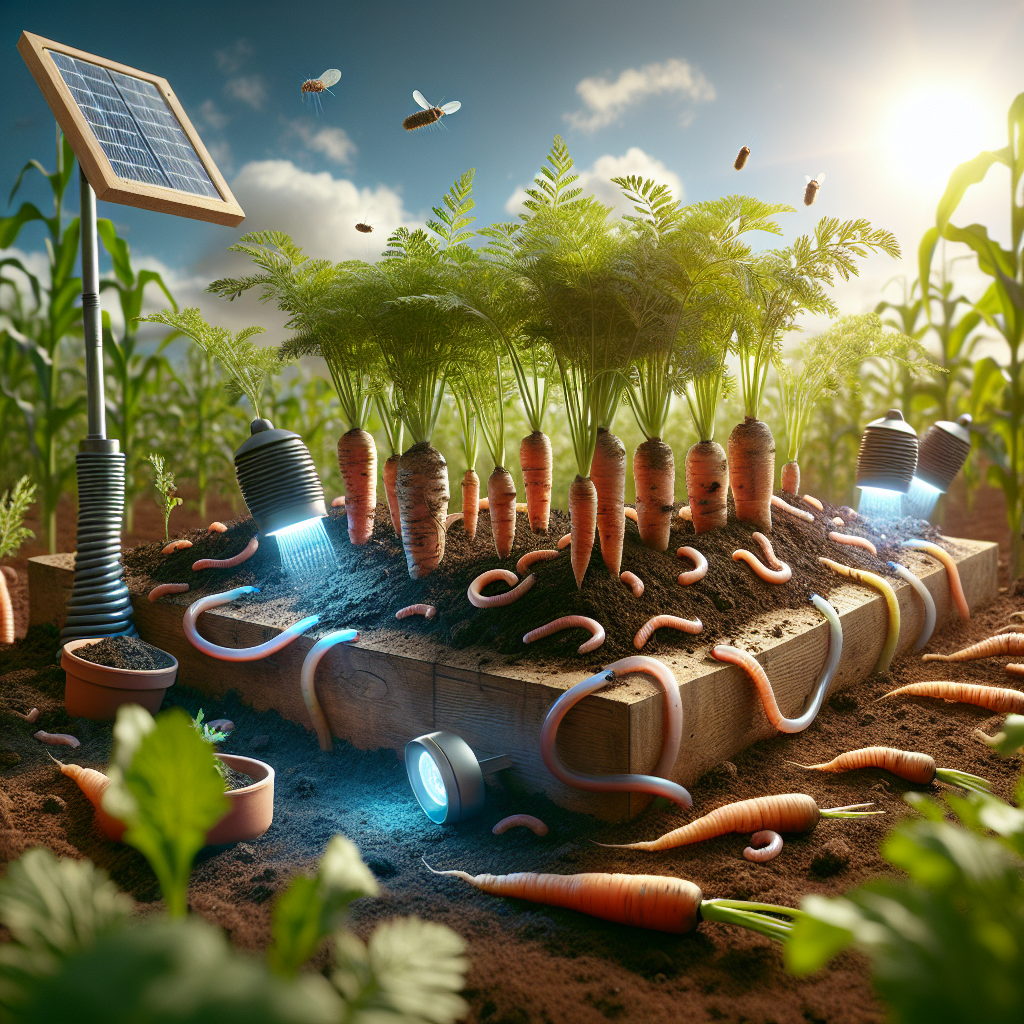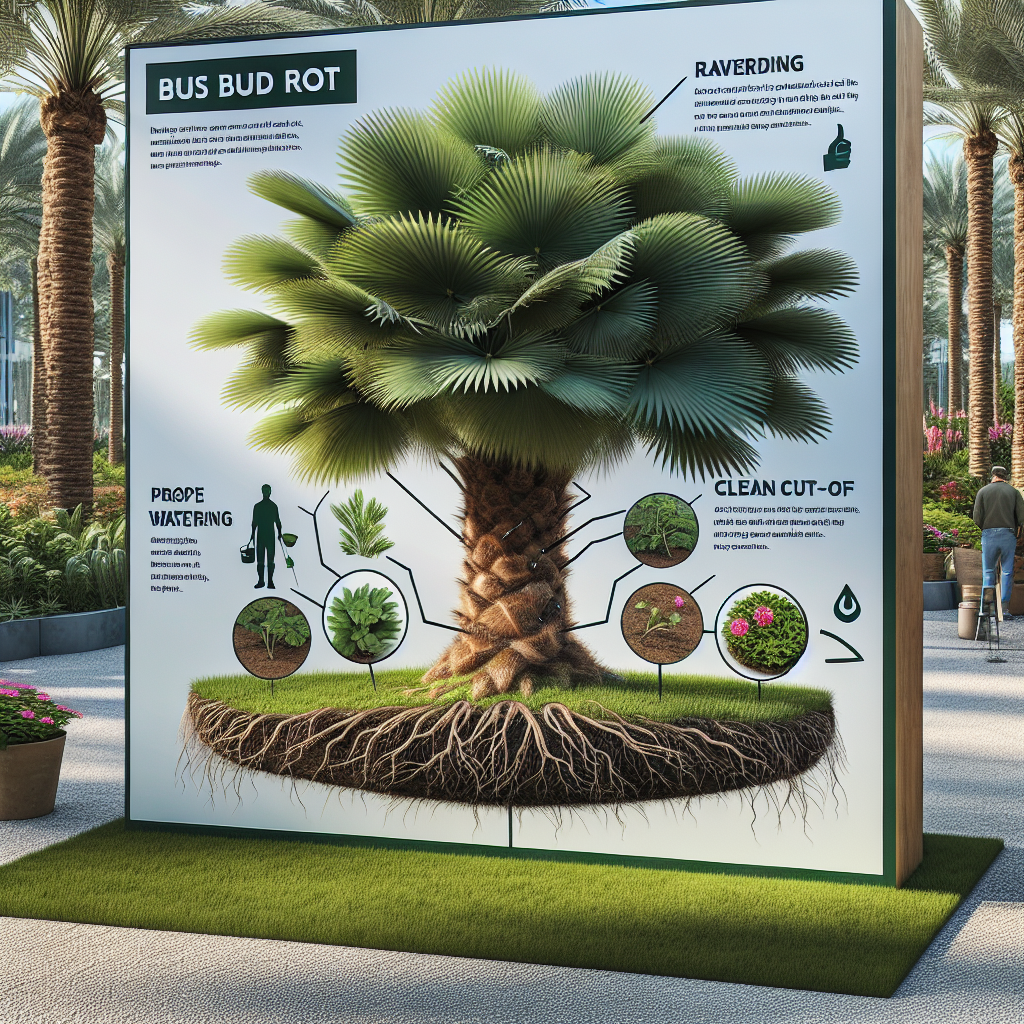Washington’s Garden Watch: Problematic Plants
Updated June 12, 2024 at 5:00 am

“`html
- Pet Friendly: Many garden plants can be toxic to pets. Always check the toxicity of plants before bringing them into your home or garden.
- Light Requirements: Each plant featured may have different light needs ranging from full sun to shade. Know the light environment to ensure plant health.
- Watering: Over or under-watering can spell trouble. Understand each plant’s watering schedule for optimal growth.
- Humidity: Some plants thrive in moist environments, while others prefer dry conditions. Make sure to know the humidity requirements for each plant.
- Temperature: Temperature changes can affect a plant’s health. Learn the ideal range to maintain plant vitality.
- Difficulty: Whether you’re a seasoned gardener or a beginner, consider the care difficulty level of each plant you introduce to your garden.
Understanding The Threat of Invasive Species in Washington
Invasive plant species can pose a significant threat to local ecosystems. These plants can overtake native species, leading to a loss of biodiversity and harming the environment. It’s essential to be aware of these threats so you can take action to protect your local landscape.
Moreover, many of these problematic plants can be quite deceiving. They might look harmless or even attractive, yet their aggressive growth can lead to significant problems if not managed properly. Let’s explore some of the invasive plants that may be lurking in your Washington garden.
Fighting Back Against English Ivy (Hedera helix)
English Ivy, often used in landscaping for its aesthetic appeal, has become a widespread invader in Washington. Its ability to climb and cover structures and trees results in damage and inhibited growth for native species. It flourishes in the temperate Washington climate, often outcompeting local flora.
To identify English Ivy, look for its glossy, dark leaves with prominent veins. The leaves can differ in shape but are often lobed and heart-shaped. Managing English Ivy involves physical removal, which is strenuous but effective. You’ll need to carefully pull the vines off structures and uproot them to prevent regrowth.
Japanese Knotweed (Fallopia japonica): The Unwelcome Guest
Another problematic plant is Japanese Knotweed. It can grow through concrete and cause structural damage to properties. The plant is identifiable by its hollow, bamboo-like stems and broad leaves, and it forms dense thickets that outcompete native plants.
Management requires persistence. Cutting can suppress growth, and there are herbicides specific to Knotweed, though application should be done by professionals or with expert guidance. Such products include those containing glyphosate, which, when used as directed, can be effective at controlling this plant.
Pros and Cons of Glyphosate-Based Herbicides
- Pros:
- Effective at controlling many invasive species
- Can be applied in various ways, including spray, injection, or wipe-on methods
- When used as directed, it typically leads to die-off of targeted plants
- Cons:
- Can harm non-target plants if not applied carefully
- Requires safe handling to avoid exposure to humans and animals
- Sometimes requires multiple applications for complete eradication
Find This and More on Amazon
Identifying and Controlling Himalayan Blackberry (Rubus armeniacus)
The Himalayan Blackberry is easily identified by its large, thorny canes and white or pink flowers. It may look tempting with its large blackberries, but don’t be fooled by the fruit. This plant rapidly dominates areas, forming impenetrable thickets that crowd out native plants and harm animal habitats.
Control involves cutting the canes and digging up the root balls which is labor-intensive. Regular mowing and application of appropriate herbicides can also help control this invasive species, although you should always check with local guidelines when applying herbicides to ensure it’s done safely and effectively.
Spotting and Eradicating Scotch Broom (Cytisus scoparius)
Scotch Broom is known for its vibrant yellow flowers and broom-like appearance. It’s problematic due to its hardy nature and ability to grow in poor soils, often seen along roadsides and in open fields in Washington.
Early detection and rapid response are key—physically removing young plants before they produce seeds is the best control method. For mature plants, cutting and carefully applying herbicides may be needed. The herbicide Aminopyralid, for example, is recommended for use against Scotch Broom and can be quite effective when used as part of an integrated management plan.
Pros and Cons of Using Aminopyralid
- Pros:
- Targeted action against woody plants and broadleaf weeds
- Long-lasting effect, reducing the need for frequent treatments
- Low toxicity to humans and animals when used correctly
- Cons:
- Potentially harmful to sensitive crops and non-target species if misused
- Requires careful application and adherence to legal guidelines
- Can persist in the environment, potentially affecting future planting areas
Find This and More on Amazon
Tackling the Giant Hogweed (Heracleum mantegazzianum) Challenge
Giant Hogweed is not only invasive but also dangerous due to its sap, which can cause severe skin irritation and photodermatitis. This towering plant can grow up to 14 feet with large white flower clusters and deeply incised leaves.
Always wear protective clothing when handling it, and consider reaching out to local authorities, as they may offer removal services for Giant Hogweed due to its hazardous nature. Early identification and containment are crucial for protection against this plant.
“`
The Dilemma of Noxious Weeds: Field Bindweed (Convolvulus arvensis)
Field Bindweed is an invasive weed commonly found in gardens, competing with crops and ornamental plants. It bears a semblance to morning glory with its trumpet-shaped white or pink flowers.
Controlling Field Bindweed demands patience and persistence. Regular hand-pulling and tilling of the soil can reduce its spread, but herbicides like Triclopyr can be more effective for long-term management. Remember to follow the instructions precisely for your safety and the environment’s health.
Creeping Buttercup (Ranunculus repens): The Yellow Peril
Often mistaken for a harmless wildflower, the Creeping Buttercup can quickly engulf Washington’s gardens. Its shiny yellow flowers may be pretty, but its sprawling habit and aggressive rooting system can overtake lawns and garden beds.
Physical removal can be practical, but for those seeking a chemical option, a broadleaf weed killer containing 2,4-D has been found useful. This type of herbicide targets broadleaf weeds while sparing grass, making it suitable for dealing with Creeping Buttercup in lawns.
Pros and Cons of 2,4-D Weed Killers
- Pros:
- Selective action targets broadleaf weeds without damaging grass
- Effective for common garden and lawn weeds
- Available in a variety of formulations to suit different application methods
- Cons:
- Must be used with care to avoid drift and damage to desirable plants
- Can be toxic to aquatic organisms if it enters waterways
- May require more than one application for full efficacy
Find This and More on Amazon
When Beauty Becomes a Beast: The Case of the Purple Loosestrife (Lythrum salicaria)
Purple Loosestrife, known for its striking purple spikes, is another problematic plant that can overrun wetlands and waterways. Initially introduced for ornamental reasons, this plant now poses a significant threat to natural habitats in Washington.
Although aesthetically pleasing, chemical management might be needed to control Purple Loosestrife effectively. Biological control using leaf-eating beetles is another option that has shown promise, as they specifically target this invasive species without harming other plants.
The Impacts of Controlling Problematic Plants on Wildlife
Addressing the invasion of problematic plants in Washington’s garden not only helps protect your local flora but also has far-reaching effects on the fauna. Certain invasive plants can disrupt food sources and habitats for local wildlife, so carefully managing these species is crucial.
For instance, removing Himalayan Blackberry thickets can restore access to native plants that serve as crucial nourishment and shelter for various animals. A balanced, species-rich environment promotes a healthy, thriving ecosystem for plants, animals, and humans alike.
Creating a Sustainable Garden with Native Plants
One of the best defenses against invasive plant species is to establish a garden populated with native Washington plants. These naturally occurring species require less maintenance, are generally more pest-resistant, and provide vital support to the local ecosystem.
Native plants like the Pacific Rhododendron, Oregon Grape, and Salal are not only beautiful but also form the cornerstone of a sustainable, eco-friendly garden. Plus, creating a habitat for pollinators like bees and butterflies can enhance your garden’s health and vitality.
Eco-Friendly Strategies for a Greener Garden
Adopting environmentally friendly practices can reduce reliance on chemical herbicides and promote a healthier garden. Soil health is paramount—introducing compost and natural fertilizers helps plants thrive and resist pests better.
Incorporating techniques like mulching and companion planting can also deter invasive species and enhance your garden’s natural defenses. Always choose the least toxic, most sustainable solutions whenever possible to maintain garden health and ecological balance.
Getting to the Root of the Problem: Integrated Pest Management
When dealing with problematic plants, embracing Integrated Pest Management (IPM) is a proactive approach. IPM involves using a combination of biological, mechanical, cultural, and chemical methods, minimizing environmental impact while controlling invasive species.
This strategy may include introducing natural predators, implementing habitat modification, and using targeted pesticides as a last resort. By focusing on long-term prevention and control, IPM reduces the chances of problematic plants becoming a persistent issue in Washington gardens.
When to Call the Professionals: Expert Assistance
While many garden enthusiasts enjoy tackling garden issues themselves, certain situations might require professional intervention. If a problematic plant infestation is extensive, or if safe use of chemicals is a concern, it’s time to call in certified experts.
Professional landscapers and pest control agents have the training and resources to identify, manage, and remove invasive plants safely, ensuring that your garden remains a healthy environment for native species to flourish.
Community Efforts: Joining Forces Against Invasive Plants
Combating invasive species isn’t just an individual effort; it’s a collective battle. Joining local conservation groups or participating in community garden projects can amplify the impact of your actions.
Learning from others and sharing knowledge on identifying and managing problematic plants can lead to more effective strategies and make garden maintenance a more communal and rewarding experience.
Continuing Education: Staying Informed About Garden Pests
The world of horticulture is ever-changing, with new problematic plants emerging and new management strategies developing. As a garden enthusiast, staying informed is crucial for maintaining a healthy garden.
Subscribing to horticulture magazines, attending workshops, and engaging with online garden communities can provide valuable insights and tips on managing Washington’s problematic plants effectively.
The Future of Washington’s Gardens: Adaptive Gardening
Climate change and urban development pose new challenges to Washington’s gardens. Adaptive gardening, which involves selecting plants and gardening methods that can thrive in changing conditions, is becoming increasingly important.
By anticipating issues like extreme weather and shifting ecosystems, gardeners can choose plant varieties and care techniques that create resilient landscapes prepared to handle future environmental shifts.
Final Thoughts: Embracing the Role of Stewardship
As we navigate the challenges posed by problematic plants in Washington’s gardens, it’s essential to adopt a mindset of stewardship. By taking responsibility for the health of our local environment, we not only benefit our own gardens but also contribute to preserving the natural beauty and biodiversity of the region.
Every plant we choose, every method we employ, has a ripple effect on the ecosystem. With careful consideration and responsible gardening practices, we can ensure that these ripples create waves of positive change for Washington’s flora and fauna.
Shop more on Amazon

